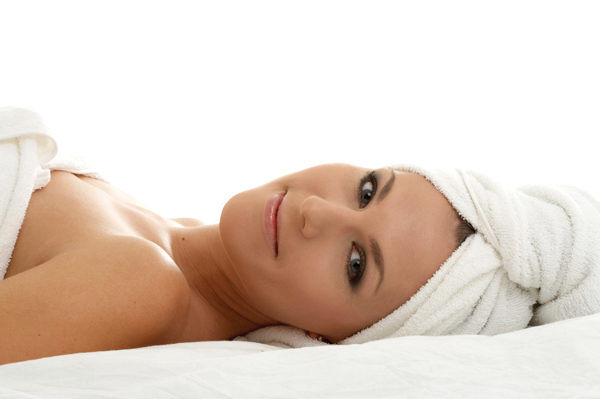When it comes to rest and relaxation, almost everyone can agree that spas are great places to spend a little down time. However, with this economic recession, consumers may be a little strapped for cash and a pricey trip to the spa may be out of the question.
When it comes to rest and relaxation, almost everyone can agree that spas are great places to spend a little down time. However, with this economic recession, consumers may be a little strapped for cash and a pricey trip to the spa may be out of the question. Everyone deserves to treat themselves every once in a while though, so if people can’t go to the spa, the spa should come to them! It’s not hard to create a spa-like atmosphere without an expensive visit to the spa.
What Is a Spa Product?
Spa treatments are non-medical procedures to help relax the mind and body. Many people think such treatments can only be received at a resort or destination spa. This is not true though, because with the right products, anyone can create their own personal spa.
There are several different types of natural spa treatments. Aromatherapy is one popular treatment. This form of alternative medicine uses plant materials, known as essential oils, and other aromatic compounds for the purpose of improving a person’s mood or mental function.
Other types of treatments at spas include baths, saunas, steam baths, body wraps and facials. Some of these treatments have natural at-home versions that can help shoppers enjoy a private, customized  beauty retreat.
beauty retreat.
For example, bath salts and bath bombs are other key products that soften the skin and often combine aromatherapy. Shoppers can throw some bath salts or a bath bomb into a warm tub of water to create an instant spalike relaxing alternative to a normal bath.
At-home luxury facials also require natural skin exfoliants and lotions. So what makes everyday lotion different than something a spa would use? Spa products do usually have finer, more expensive ingredients, decadent scents and upscale packaging to add to the experience. These products, although more expensive, also purport to have better results on the skin and face.
How to Market Luxury
If there’s one thing that most consumers can’t resist it’s a little taste of luxury in their everyday lives. This is why it is important for retailers to give consumers the option of treating themselves every now and then to something fancier than normal.
Spa products may be a hard market to push, considering it doesn’t exactly fall into the “necessities” category for shoppers on a budget.
However, there are benefits of spa products that you can use to entice the consumer. For example, make shoppers feel special by making gift baskets that contain lotions, bath salts, bath bombs, aromatherapy candles, facial creams, massage oils or skin creams and making a nice display to catch the customers’ attention. Putting all these items together might entice customers to splurge a little and purchase these items.
Another option is to set up a sample table. Have some employees who know a few things about the products man the tables and allow customers to come up and test out some of the lotions, maybe smell a few of the essential oils and bath bombs to get them interested. Consumers will be able to see what they like and test a high-end product without making an investment before they buy.
Another idea to help get these products moving is to do some research and find home treatments that the customers can easily do by themselves without a trip to the spa. Print pamphlets or instructions with easy how-to steps for natural facials, for example, using some of the products that are on your shelves.
By showing people how natural spa products can fit into their lives, shoppers are bound to allow themselves a little spending room to splurge on a fancy lotion or some high-end massage oils. WF
Published in WholeFoods Magazine, November 2010









